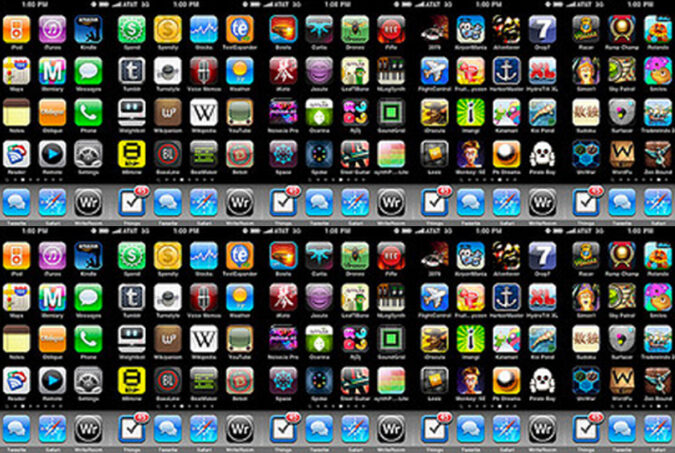Last week the OII went to Harvard. Against the backdrop of a gathering storm of interest around the potential of computational social science to contribute to the public good, we sought to bring together leading social science academics with senior government agency staff to discuss its public policy potential. Supported by the OII-edited journal Policy and Internet and its owners, the Washington-based Policy Studies Organization (PSO), this one-day workshop facilitated a thought-provoking conversation between leading big data researchers such as David Lazer, Brooke Foucault-Welles and Sandra Gonzalez-Bailon, e-government experts such as Cary Coglianese, Helen Margetts and Jane Fountain, and senior agency staff from US federal bureaus including Labor Statistics, Census, and the Office for the Management of the Budget. It’s often difficult to appreciate the impact of research beyond the ivory tower, but what this productive workshop demonstrated is that policy-makers and academics share many similar hopes and challenges in relation to the exploitation of ‘big data’. Our motivations and approaches may differ, but insofar as the youth of the ‘big data’ concept explains the lack of common language and understanding, there is value in mutual exploration of the issues. Although it’s impossible to do justice to the richness of the day’s interactions, some of the most pertinent and interesting conversations arose around the following four issues. Managing a diversity of data sources. In a world where our capacity to ask important questions often exceeds the availability of data to answer them, many participants spoke of the difficulties of managing a diversity of data sources. For agency staff this issue comes into sharp focus when available administrative data that is supposed to inform policy formulation is either incomplete or inadequate. Consider, for example, the challenge of regulating an economy in a situation of fundamental data asymmetry, where private sector institutions track, record and analyse every transaction, whilst the state only has access to far more basic performance metrics and accounts.…
Bringing together leading social science academics with senior government agency staff to discuss its public policy potential.




